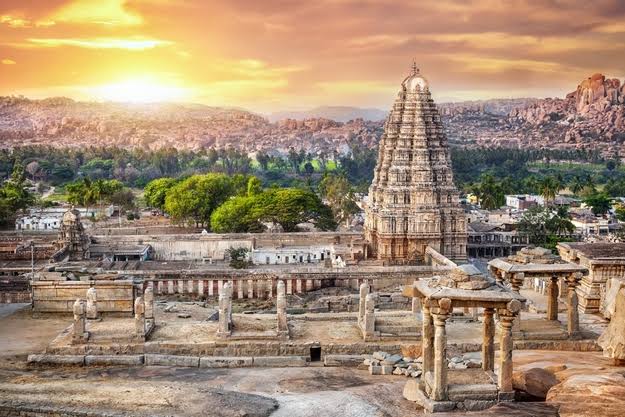Ancient Indian History Notes – On Sangama Culture – For W.B.C.S. Examination.
History is a reasonably popular optional subject that candidates choose in the W.B.C.S. mains exam. It is an important subject as far as the W.B.C.S. is concerned because history is covered in the prelims exam and also in the general studies papers in the mains. If you are an W.B.C.S. aspirant you cannot get by without studying history.The period between the 1st century B.C. to the end of 2nd century A.D. in Southern India is known as Sangam Period. It has been named after the Sangam academies during that period.Continue Reading Ancient Indian History Notes – On Sangama Culture – For W.B.C.S. Examination.
According to the Tamil legends, there were three Sangams (Academy of Tamil poets) held in the ancient South India popularly called Muchchangam. These Sangams flourished under the royal patronage of the Pandya kings of Madurai.
The First Sangam, is believed to be held at Madurai, attended by gods and legendary sages. No literary work of this Sangam is available.
The Second Sangam was held at Kapadapuram, only Tolkappiyam survives from this.
The Third Sangam at Madurai was founded by Mudathirumaran. A few of these Tamil literary works have survived and are a useful sources to reconstruct the history of the Sangam period.
Sangam Literature:
The Sangam literature includes Tolkappiyam, Ettutogai, Pattuppattu, Pathinenkilkanakku, and two epics named – Silappathigaram and Manimegalai .
Tolkappiyam was authored by Tolkappiyar, it is considered the earliest of Tamil literary work. Though it is a work on Tamil grammar but it also provides insights on the political and socio-economic conditions of the time.
Ettutogai (Eight Anthologies) consist of eight works – Aingurunooru, Narrinai, Aganaooru, Purananooru, Kuruntogai, Kalittogai, Paripadal and Padirruppattu.To check the History Optional syllabus , Click Here.
The Pattuppattu (Ten Idylls) consist of ten works – Thirumurugarruppadai, Porunararruppadai, Sirupanarruppadai, Perumpanarruppadai, Mullaippattu, Nedunalvadai, Maduraikkanji, Kurinjippatttu, Pattinappalai and Malaipadukadam .
Pathinenkilkanakku contains eighteen works about ethics and morals. The most important among these works is Tirukkural authored by Thiruvalluvar, the tamil great poet and philosopher.
- The two epics Silappathigaram is written by Elango Adigal and Manimegalai by Sittalai Sattanar. They also provide valuable details about the Sangam society and polity.
Other Sources that give details about the Sangam Period are –
- the Greek authors like Megasthenes, Strabo, Pliny and Ptolemy mentioning about commercial trade contacts between the West and South India.
- Also, the Ashokan inscriptions mention about the Chera, Chola and Pandya rulers to the south of Mauryan empire.
- Another inscription, Hathikumbha inscription of Kharavela of Kalinga also has mention of Tamil kingdoms.
Please subscribe here to get all future updates on this post/page/category/website


 Toll Free 1800 572 9282
Toll Free 1800 572 9282  mailus@wbcsmadeeasy.in
mailus@wbcsmadeeasy.in



















































































































